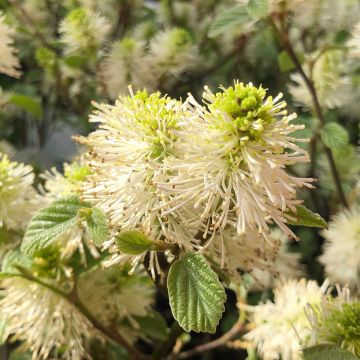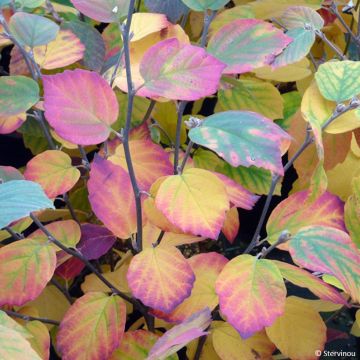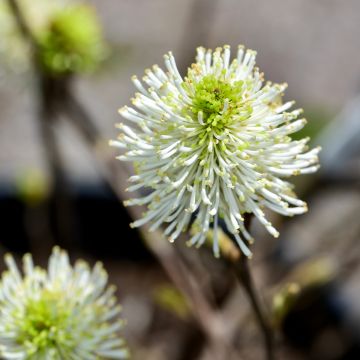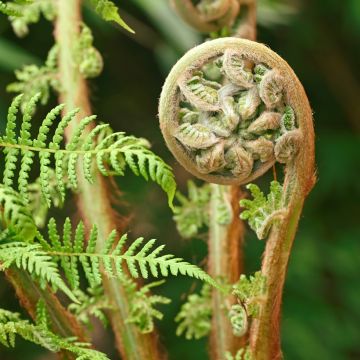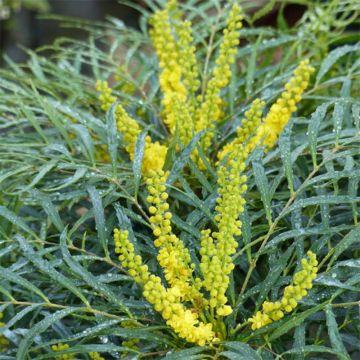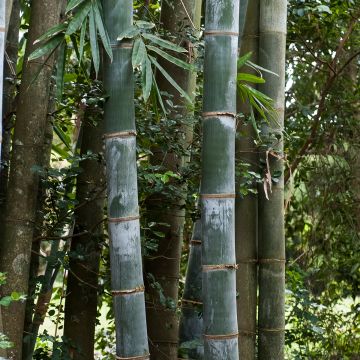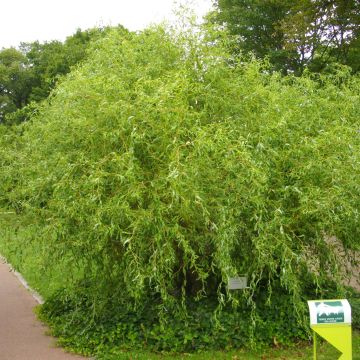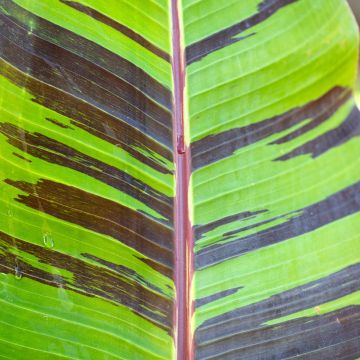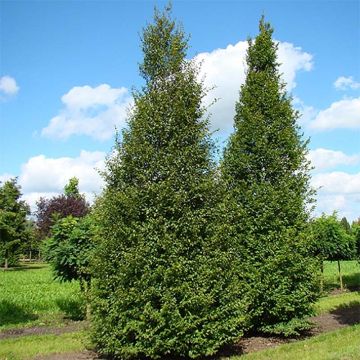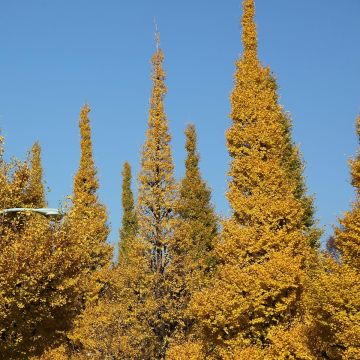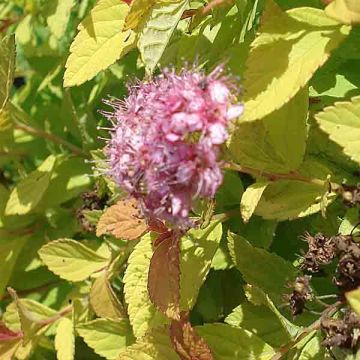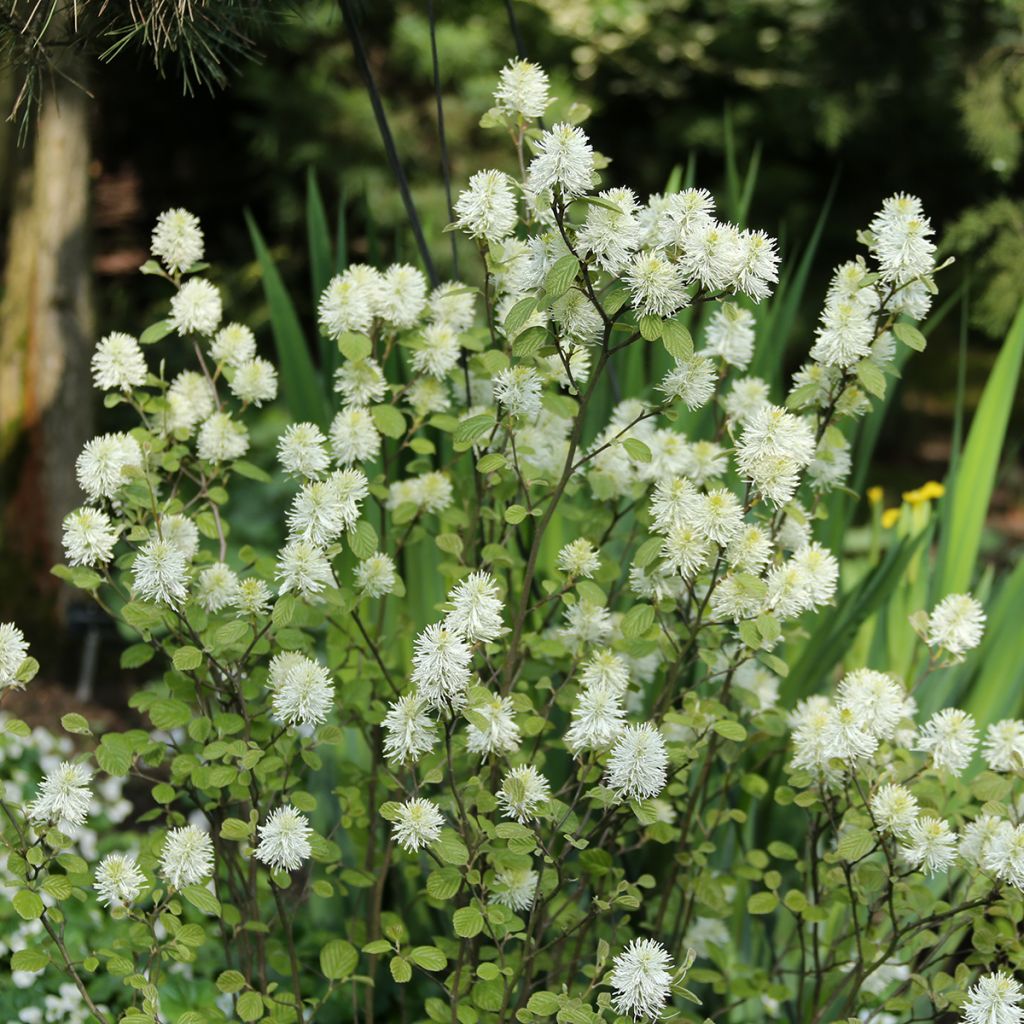

Fothergilla intermedia Red Licorice
Fothergilla intermedia Red Licorice
Fothergilla x intermedia Red Licorice
Intermediate Fothergilla, Witch Alder
Special offer!
Receive a €20 voucher for any order over €90 (excluding delivery costs, credit notes, and plastic-free options)!
1- Add your favorite plants to your cart.
2- Once you have reached €90, confirm your order (you can even choose the delivery date!).
3- As soon as your order is shipped, you will receive an email containing your voucher code, valid for 3 months (90 days).
Your voucher is unique and can only be used once, for any order with a minimum value of €20, excluding delivery costs.
Can be combined with other current offers, non-divisible and non-refundable.
Why not try an alternative variety in stock?
View all →This plant carries a 24 months recovery warranty
More information
We guarantee the quality of our plants for a full growing cycle, and will replace at our expense any plant that fails to recover under normal climatic and planting conditions.
Would this plant suit my garden?
Set up your Plantfit profile →
Description
The Fothergilla x intermedia 'Red Licorice' is a hybrid variety of Fothergilla major that stands out for its smaller leaves compared to the species and a particularly compact habit. But what earns it its varietal name is the flamboyant scarlet red colour of its foliage once autumn comes. It is a rather small bush, suitable for gardens of any size, and interesting for several reasons. In spring, with a honey scent, it offers a flowering of white bottlebrushes on its still bare branches. Comfortable in rather dry and shady conditions, it does not tolerate limestone.
Originating from North America, Fothergilla is a bush classified in the Hamamelidaceae family. There are only two species of fothergilla: the large fothergilla, Fothergilla major and the dwarf fothergilla, F. gardenii. The two species are almost identical, except for the size of the flowers and leaves and the overall dimensions of the bushes. The plant has an upright habit and slow growth. The Fothergilla major rarely exceeds 2 m (7ft) in height and 1.50 m (5ft) in width. It grows in the mountains of South and North Carolina in fairly dry, acidic, semi-shady soil conditions.
Fothergilla has a bushy, compact, yet flexible habit. Its growth is slow. Its deciduous foliage somewhat resembles that of the hazelnut. It consists of rhomboidal, downy, embossed leaves with prominent veins, initially light green, then darkening in summer. They turn colourful in autumn, filling the garden with sumptuous hues. Its flowers, in conical bottlebrushes measuring 3.5 cm (1in) in length, white and scented, are as delightful as its colourful foliage. They abundantly appear on the grey, bare branches during April-May. Each flower head consists of numerous stamen-bearing flowers nestled in a green-to-cream calyx. The colour varies from white to cream, with the tip of the 'bottlebrush' being chartreuse green.
The Fothergilla intermedia 'Red Licorice' reaches a maximum height of 1 m (3ft) at maturity and a width of 90 cm (35in). It distinguishes itself from other cultivars with smaller foliage and a compact habit. Its autumn colouration is distinctive, ranging from beautiful scarlet red to cherry red.
This 'Red Licorice' cultivar thrives in semi-shade. It prefers limestone-poor, fresh, light soils but can tolerate slightly drier soil. It is, therefore, more suitable for a location at the foot of larger bushes or under tall trees. Plant it on the edge of a woodland, in a bed of acid-loving plants, in the company of Daphnes, Pieris, and Sarcococca or Autumn Camellias. Plant Heucheras with a similar shade to its beautiful autumn colouration at its feet, which will create a beautiful echo when the time comes. Winter heathers or hellebores are also good companions.
Report an error about the product description
Plant habit
Flowering
Foliage
Botanical data
Fothergilla
x intermedia
Red Licorice
Hamamelidaceae
Intermediate Fothergilla, Witch Alder
Cultivar or hybrid
Other Fothergilla
View all →Planting and care
Plant the Fothergilla intermedia 'Red Licorice' in a soil rich in humus or compost, rather moist, non-limestone, well-drained, in the sun in cooler climates, in partial shade in hot and dry areas, protected from dry winds. It withstands drought better once well rooted.
Planting period
Intended location
Care
Planting & care advice
This item has not been reviewed yet - be the first to leave a review about it.
Similar products
Haven't found what you were looking for?
Hardiness is the lowest winter temperature a plant can endure without suffering serious damage or even dying. However, hardiness is affected by location (a sheltered area, such as a patio), protection (winter cover) and soil type (hardiness is improved by well-drained soil).

Photo Sharing Terms & Conditions
In order to encourage gardeners to interact and share their experiences, Promesse de fleurs offers various media enabling content to be uploaded onto its Site - in particular via the ‘Photo sharing’ module.
The User agrees to refrain from:
- Posting any content that is illegal, prejudicial, insulting, racist, inciteful to hatred, revisionist, contrary to public decency, that infringes on privacy or on the privacy rights of third parties, in particular the publicity rights of persons and goods, intellectual property rights, or the right to privacy.
- Submitting content on behalf of a third party;
- Impersonate the identity of a third party and/or publish any personal information about a third party;
In general, the User undertakes to refrain from any unethical behaviour.
All Content (in particular text, comments, files, images, photos, videos, creative works, etc.), which may be subject to property or intellectual property rights, image or other private rights, shall remain the property of the User, subject to the limited rights granted by the terms of the licence granted by Promesse de fleurs as stated below. Users are at liberty to publish or not to publish such Content on the Site, notably via the ‘Photo Sharing’ facility, and accept that this Content shall be made public and freely accessible, notably on the Internet.
Users further acknowledge, undertake to have ,and guarantee that they hold all necessary rights and permissions to publish such material on the Site, in particular with regard to the legislation in force pertaining to any privacy, property, intellectual property, image, or contractual rights, or rights of any other nature. By publishing such Content on the Site, Users acknowledge accepting full liability as publishers of the Content within the meaning of the law, and grant Promesse de fleurs, free of charge, an inclusive, worldwide licence for the said Content for the entire duration of its publication, including all reproduction, representation, up/downloading, displaying, performing, transmission, and storage rights.
Users also grant permission for their name to be linked to the Content and accept that this link may not always be made available.
By engaging in posting material, Users consent to their Content becoming automatically accessible on the Internet, in particular on other sites and/or blogs and/or web pages of the Promesse de fleurs site, including in particular social pages and the Promesse de fleurs catalogue.
Users may secure the removal of entrusted content free of charge by issuing a simple request via our contact form.
The flowering period indicated on our website applies to countries and regions located in USDA zone 8 (France, the United Kingdom, Ireland, the Netherlands, etc.)
It will vary according to where you live:
- In zones 9 to 10 (Italy, Spain, Greece, etc.), flowering will occur about 2 to 4 weeks earlier.
- In zones 6 to 7 (Germany, Poland, Slovenia, and lower mountainous regions), flowering will be delayed by 2 to 3 weeks.
- In zone 5 (Central Europe, Scandinavia), blooming will be delayed by 3 to 5 weeks.
In temperate climates, pruning of spring-flowering shrubs (forsythia, spireas, etc.) should be done just after flowering.
Pruning of summer-flowering shrubs (Indian Lilac, Perovskia, etc.) can be done in winter or spring.
In cold regions as well as with frost-sensitive plants, avoid pruning too early when severe frosts may still occur.
The planting period indicated on our website applies to countries and regions located in USDA zone 8 (France, United Kingdom, Ireland, Netherlands).
It will vary according to where you live:
- In Mediterranean zones (Marseille, Madrid, Milan, etc.), autumn and winter are the best planting periods.
- In continental zones (Strasbourg, Munich, Vienna, etc.), delay planting by 2 to 3 weeks in spring and bring it forward by 2 to 4 weeks in autumn.
- In mountainous regions (the Alps, Pyrenees, Carpathians, etc.), it is best to plant in late spring (May-June) or late summer (August-September).
The harvesting period indicated on our website applies to countries and regions in USDA zone 8 (France, England, Ireland, the Netherlands).
In colder areas (Scandinavia, Poland, Austria...) fruit and vegetable harvests are likely to be delayed by 3-4 weeks.
In warmer areas (Italy, Spain, Greece, etc.), harvesting will probably take place earlier, depending on weather conditions.
The sowing periods indicated on our website apply to countries and regions within USDA Zone 8 (France, UK, Ireland, Netherlands).
In colder areas (Scandinavia, Poland, Austria...), delay any outdoor sowing by 3-4 weeks, or sow under glass.
In warmer climes (Italy, Spain, Greece, etc.), bring outdoor sowing forward by a few weeks.






























